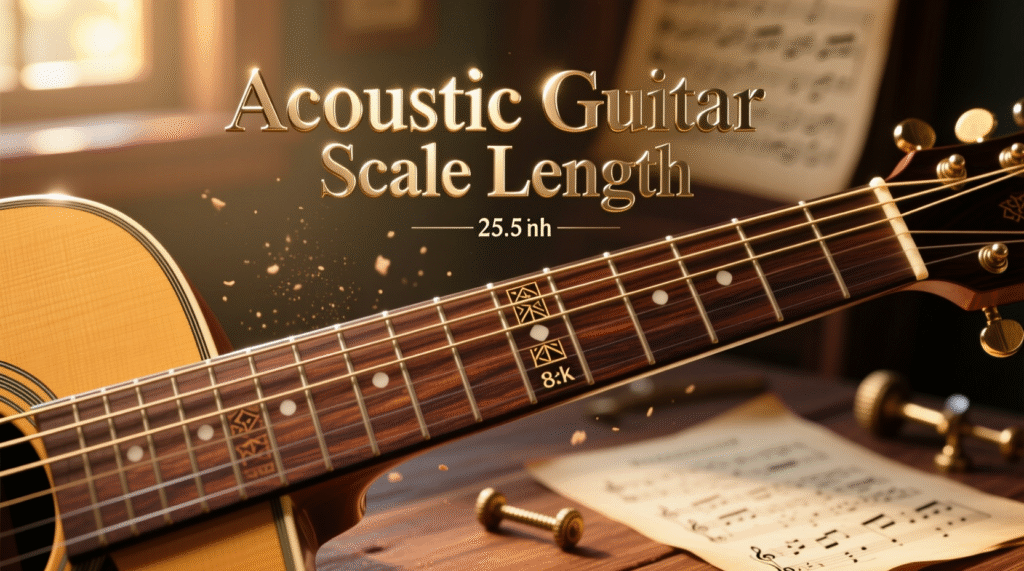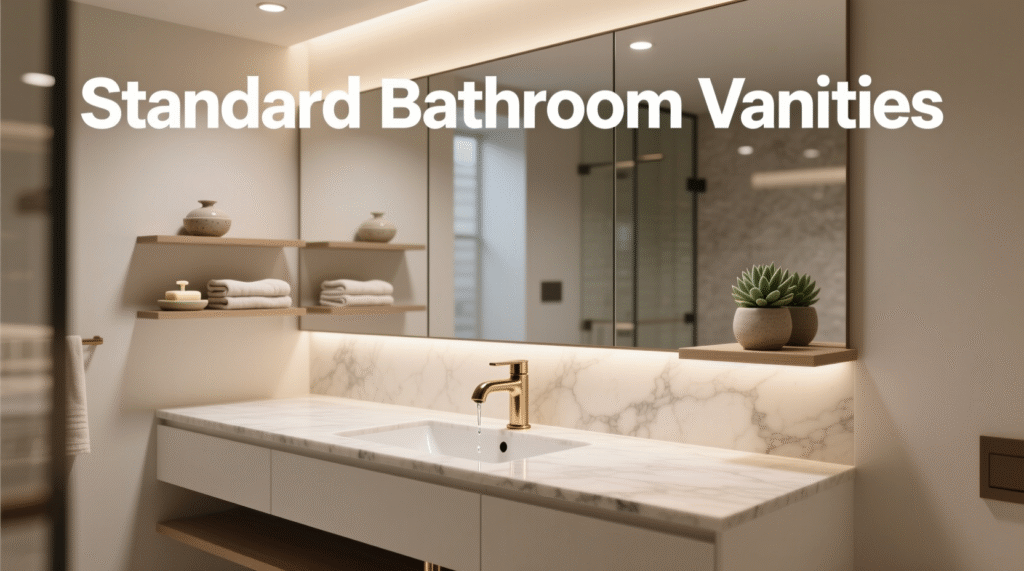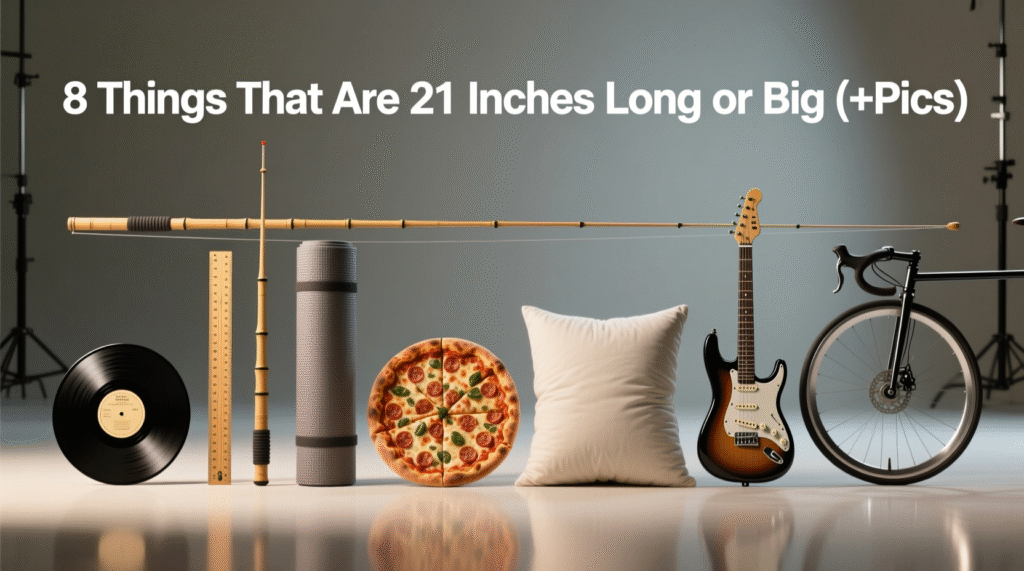Picture this: you’re standing in a furniture store, trying to visualize whether that sleek new laptop will fit comfortably on your desk, or you’re planning a home improvement project and need to estimate spacing without a measuring tape in hand. In moments like these, having a mental reference for common measurements becomes invaluable. The 21-inch measurement appears more frequently in our daily lives than you might realize, from the screens we stare at for hours to the sporting equipment that shapes our recreational activities.
This specific length has become particularly significant in our modern world, especially as technology has standardized around certain dimensions that optimize both functionality and user experience. Whether you’re a DIY enthusiast, a professional designer, or simply someone who wants to make more informed purchasing decisions, understanding what 21 inches looks like in practical terms can save you time, money, and the frustration of buying something that doesn’t quite fit your needs.
How Long is 21 Inches?
Twenty-one inches translates to exactly 1.75 feet or approximately 53.34 centimeters. To put this measurement into perspective, it’s roughly the length of a standard guitar neck from the nut to the bridge, or about the height of a typical carry-on suitcase when standing upright. This dimension sits comfortably in that middle ground not quite as compact as everyday items you can hold in one hand, yet not so large that it dominates a room. Understanding this measurement proves particularly useful when shopping for electronics, furniture, or sporting goods, where a few inches can make the difference between a perfect fit and an awkward mismatch.
1. Computer Monitors and All-in-One PCs

The 21-inch computer monitor represents one of the most common applications of this measurement in modern life. These displays typically measure 21 inches diagonally across the screen, making them a popular choice for home offices, student dorms, and compact workspaces. The actual width of these monitors usually spans about 18.5 inches, with a height of roughly 11.5 inches, creating that familiar widescreen aspect ratio we’ve grown accustomed to.
This size strikes an optimal balance between screen real estate and desk space efficiency. Unlike larger monitors that can overwhelm smaller workstations, a 21-inch display provides enough visual area for productivity tasks while remaining affordable and energy-efficient. Many professionals prefer this size for secondary monitors in dual-screen setups, where the consistency in dimensions creates a seamless viewing experience.
What makes this measurement particularly interesting is its connection to the golden ratio of screen visibility. Research in ergonomics suggests that 21 inches represents the sweet spot where users can comfortably view the entire screen without excessive head movement, making it ideal for extended work sessions. Additionally, this size became popular during the transition from bulky CRT monitors to flat-panel displays, as manufacturers found it offered the best cost-to-performance ratio for everyday computing needs.
2. Standard Carry-On Luggage

Most airlines specify maximum carry-on dimensions that hover around 21 inches for the longest side, making this measurement crucial for frequent travelers. A typical carry-on suitcase measures approximately 21 x 14 x 9 inches, though these dimensions can vary slightly between manufacturers and airline regulations. This standardization ensures that your luggage fits comfortably in overhead compartments across different aircraft types.
The 21-inch length dimension usually represents the height when the suitcase stands upright on its wheels. This height maximizes packing capacity while remaining manageable for lifting into overhead bins. Travel industry experts designed these dimensions after extensive research into aircraft storage capabilities and passenger handling comfort, ensuring that even smaller travelers can manage their luggage independently.
Airlines worldwide have converged on similar measurements because aircraft manufacturers optimize overhead bin sizes around these dimensions. The fascinating aspect of this standardization is how it emerged from practical necessity rather than arbitrary regulation early frequent flyers and flight attendants provided feedback that led to these now-universal standards, making 21 inches a measurement born from real-world travel experience.
3. Acoustic Guitar Scale Length

Many acoustic guitars feature a scale length of approximately 21 inches, measured from the nut to the saddle. This measurement, technically called the “scale length,” determines string tension, fret spacing, and overall tonal characteristics. While full-size guitars typically measure 24-25 inches, parlor guitars and travel guitars often utilize the shorter 21-inch scale to create more compact, portable instruments.
This shorter scale length produces several acoustic benefits that many musicians find appealing. The reduced string tension makes fretting easier, particularly beneficial for younger players or those with smaller hands. The closer fret spacing also enables faster playing techniques and more comfortable chord formations, while the shorter scale contributes to a warmer, more intimate tone that works beautifully for fingerstyle playing and folk music.
Historically, the 21-inch scale gained popularity during the late 19th and early 20th centuries when guitar makers sought to create instruments suitable for parlor performances intimate home gatherings where volume needed to remain moderate. Legendary guitar manufacturers like Martin and Gibson produced numerous models with this scale length, and many vintage instruments from this era are now highly sought after by collectors who appreciate the unique tonal qualities that this specific measurement provides.
4. Large Pizza Diameter

Extra-large pizzas at many pizzerias measure approximately 21 inches in diameter, representing the upper end of what most establishments can practically produce and deliver. This size typically feeds 4-6 people comfortably, making it a popular choice for family gatherings, office parties, and casual celebrations. The surface area of a 21-inch pizza provides roughly 346 square inches of delicious real estate significantly more than you might expect compared to smaller sizes.
Pizza mathematics becomes particularly interesting at this scale because the relationship between diameter and surface area isn’t linear. A 21-inch pizza contains nearly 40% more area than an 18-inch pizza, despite being only 17% larger in diameter. This geometric reality makes larger pizzas generally more economical per square inch, which explains why savvy customers often opt for the biggest size available.
The 21-inch dimension also represents practical limitations in pizza production. Most commercial pizza ovens max out around this size, and delivery drivers find that larger pizzas become unwieldy to transport safely. Additionally, pizza boxes themselves become structurally challenging to manufacture beyond this dimension while maintaining the rigidity needed to protect the food during delivery making 21 inches something of a natural ceiling in the pizza industry.
5. Standard Bathroom Vanities

Bathroom vanities commonly measure 21 inches in depth, a dimension that bathroom designers have refined over decades to optimize functionality within typical residential spaces. This depth provides adequate countertop space for daily essentials while ensuring comfortable access to the sink and mirror. The measurement allows most people to reach the faucet comfortably while providing enough surface area for toiletries, decorative items, and practical necessities.
This standardized depth works harmoniously with typical bathroom doorway clearances and walking spaces. Building codes generally require 30 inches of clear floor space in front of bathroom fixtures, and a 21-inch vanity depth fits perfectly within these parameters while maximizing storage capacity. The dimension also aligns with standard plumbing rough-ins, making installation more straightforward for contractors and homeowners alike.
Interior designers particularly appreciate this measurement because it creates visual balance in bathroom spaces. A 21-inch depth prevents vanities from appearing too shallow (which can look disproportionate) or too deep (which can make smaller bathrooms feel cramped). Many luxury hotel chains have adopted this standard depth across their properties because it consistently provides guests with adequate counter space while maintaining an elegant, uncluttered appearance.
6. Professional Studio Monitors

High-end studio monitors, particularly those used in professional recording environments, often feature 21-inch driver configurations or overall cabinet dimensions. These speakers are designed for critical listening applications where accurate sound reproduction is paramount. The 21-inch measurement might refer to the woofer diameter in large main monitors or the height of near-field monitors used for detailed mixing work.
In professional audio applications, this size represents an optimal balance between low-frequency response and room integration. Twenty-one-inch drivers can reproduce deep bass frequencies with minimal distortion while remaining manageable in typical studio environments. Unlike smaller drivers that struggle with low-end reproduction or massive drivers that can overwhelm mixing spaces, this size provides the accuracy that audio professionals demand.
The measurement gained significance during the golden age of analog recording when engineers needed monitors that could reveal every detail in their mixes. Many legendary recordings from the 1970s and 1980s were mixed on monitors featuring 21-inch drivers, and some modern producers still seek out vintage examples of these speakers because they provide a specific sonic character that’s difficult to replicate with contemporary designs.
7. Bicycle Frame Sizes

Certain mountain bike and hybrid bicycle frames measure approximately 21 inches from the center of the bottom bracket to the top of the seat tube, representing a large frame size suitable for taller riders. This measurement, part of the traditional sizing system, helps determine proper fit and riding comfort. A 21-inch frame typically accommodates riders between 6’2″ and 6’6″ in height, though individual proportions and riding style preferences can influence the ideal fit.
Frame geometry becomes crucial at this size because taller riders require specific proportions to maintain efficient pedaling mechanics and comfortable positioning. The 21-inch measurement affects not only standover height but also reach to the handlebars, seat post extension requirements, and overall bike handling characteristics. Manufacturers carefully design frame angles and tube lengths to ensure that larger frames maintain the same responsive feel as their smaller counterparts.
This sizing standard evolved from decades of cycling research and rider feedback. Early bicycle manufacturers discovered that simply scaling up smaller frame designs didn’t work effectively for taller riders, leading to the development of size-specific geometry that makes a 21-inch frame feel proportionally correct rather than just bigger. Today’s carbon fiber and aluminum construction techniques allow manufacturers to create 21-inch frames that are surprisingly lightweight while maintaining the strength required for serious off-road riding.
8. Large Format Photo Frames

Professional photographers and art enthusiasts often work with 21-inch frames or mats, particularly in portrait photography where this dimension provides elegant proportions for displaying larger prints. A 21×28-inch frame, for example, creates stunning presentations for wedding portraits, family photos, or fine art prints. This size commands attention without overwhelming typical residential wall spaces.
The 21-inch dimension works particularly well for vertical orientations, creating dramatic impact for portrait photography or tall landscape images. Gallery professionals often recommend this size for residential installations because it’s large enough to serve as a focal point while remaining proportional to standard furniture and room layouts. The measurement also coordinates well with standard mat board sizes, making custom framing more economical.
In the art world, frames measuring 21 inches in one dimension often represent the threshold between casual display pieces and serious artistic presentations. Many photographers consider prints of this size the minimum for truly appreciating fine detail and tonal gradation in their work, while interior designers find that 21-inch frames create the visual weight needed to anchor furniture groupings and wall compositions effectively.
Real-World Applications and Practical Measurement Tips
Understanding 21-inch measurements becomes invaluable in numerous practical situations. When furniture shopping, you can use your knowledge of monitor sizes to quickly estimate whether a new desk accessory will fit your workspace. If you’re familiar with carry-on luggage dimensions, you can better visualize storage requirements for closets, under-bed spaces, or garage organization systems.
For quick estimation without a measuring tape, remember that 21 inches equals 1.75 feet, so you can use standard floor tiles (typically 12 inches square) plus about three-quarters of another tile to visualize this length. Alternatively, if you know your computer monitor’s size, you can use it as a reference point for estimating other 21-inch measurements around your home or workspace.
Professional contractors and DIY enthusiasts often memorize these common measurements to speed up project planning and material estimation. Knowing that a standard vanity extends 21 inches from the wall, for instance, helps when planning bathroom renovations or assessing clearance requirements for new fixtures.
Conclusion:
Recognizing 21-inch objects in your daily environment provides a valuable mental measuring stick for countless practical applications. Whether you’re shopping for electronics, planning a renovation project, or simply trying to estimate if something will fit in your car, having these reference points readily available saves time and reduces guesswork.
The beauty of understanding this measurement lies in its versatility from the monitor you might be reading this article on to the pizza you’ll order for dinner, 21 inches appears consistently throughout modern life. By developing familiarity with these common objects, you’re building a practical skill that enhances decision-making in everything from furniture arrangement to travel planning.
Challenge yourself to identify 21-inch objects in your current surroundings. You might discover that this measurement is more prevalent than you initially realized, and once you start noticing it, you’ll find countless opportunities to apply this knowledge in practical, money-saving ways. The next time you’re faced with a spatial puzzle or shopping decision, you’ll have the confidence that comes from truly understanding what 21 inches looks like in the real world.

James Harrington is a writer known for his compelling storytelling and diverse themes. His work blends creativity with thought-provoking ideas, captivating readers across genres. Through his website, DimensionsGo.com, he shares his latest projects, insights, and literary reflections, building a global community of readers and writers.



